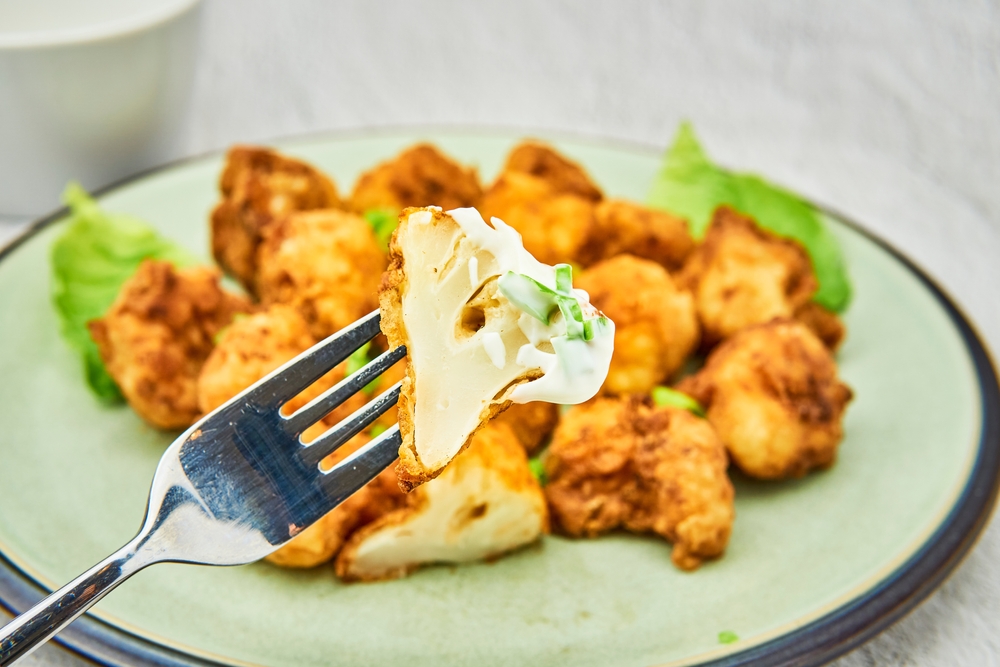Remember the golden era when every American survived on a food-cop-approved diet of carrot sticks, flaxseeds, and lettuce sandwiches? Neither do we. But a new study may lend this fairy tale some psychological momentum. Published as a letter in the Annals of Internal Medicine, it compares recipes in the classic 1931 edition of the Joy of Cooking cookbook with more recent editions, concluding that most recipes today have more calories than in generations past. The authors’ argument: Our expanding waistlines can be attributed to changes in ingredients and serving sizes of home-cooked meals.
It’s an interesting finding, but hardly evidence of sweeping changes in our diets. Why? To begin with, the study rests on a mere 18 recipes (out of thousands) that have appeared in every edition of the Joy of Cooking. As Beth Wareham, editor of the 2006 anniversary edition, told the L.A. Times, "It’s such a tiny number of recipes. It’s really a non-event."
Open up the 1953 edition of the book and flip through the pages. It won’t be long before you come across delights such as “Sausage in Macaroni” and “Larded Sweetbreads with Wine Sauce” (pages 153 and 377). Were these recipes included in the Annals of Internal Medicine study? And if not, wouldn’t researchers have to find out how often our grandparents ate such high-calorie meals before drawing conclusions about changes in caloric intakes? Needless to say, 18 recipes in a single cookbook is a thin measurement by which to draw any conclusions about the trends in a half-century of dietary history.
A co-author of the study, the usually reliable Brian Wansink, said some added calories in the more recent recipes can be attributed to changes such as added sauces. Though we eat more sauces today, we wager that, at the same time, we eat less “Brains in Blankets” (p. 378 in the 1953 edition). Also consider that according to a March 2008 report from the U.S. Department of Agriculture, “Americans have been consuming more fruits and vegetables over the last three decades.”
To be sure, some research indicates that caloric intake hasn’t changed much over the years. In a speech before the National Food Policy Conference in 2003, then-FDA Commissioner Dr. Mark McClellan stated: “So it’s perhaps surprising that, in a debate that has often focused on foods alone, actual levels of caloric intake among the young haven’t appreciably changed over the last twenty years.”
What has occurred is a significant decline in physical activity. A 2005 study in the British journal The Lancet, for example, determined that “the drastic decline in habitual activity during adolescence might be a major factor in the doubling of the rate of obesity development in the USA in the past two decades, since no concomitant increase in energy intake was apparent.”
The dinner police are correct that we should learn from the wisdom of our grandparents. But their real lesson is not to stop cooking our favorite recipes for lunch and dinner. It’s that we should go for a walk in between.




